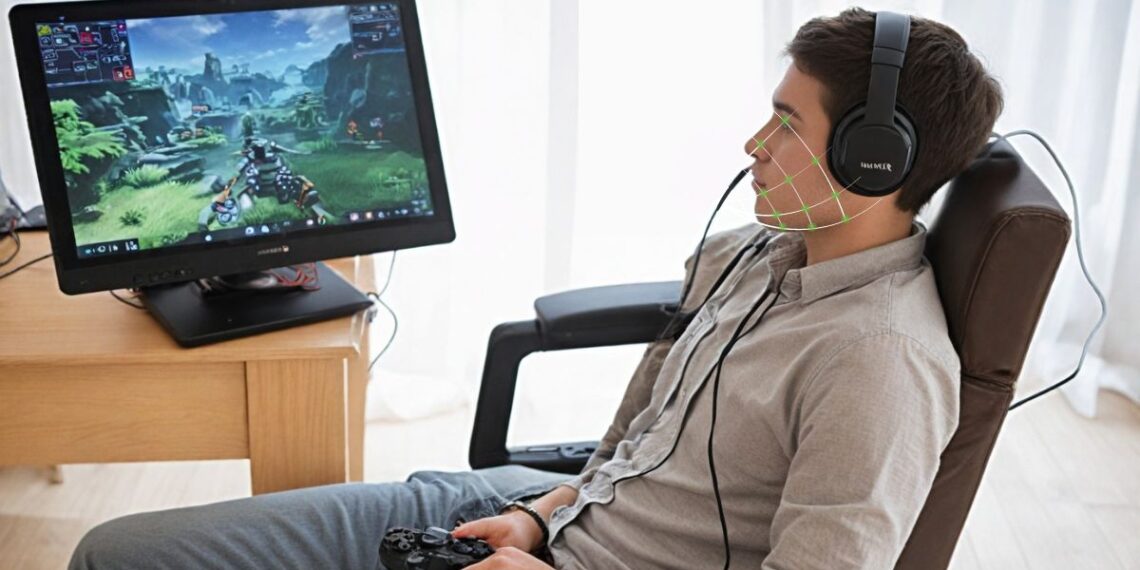Introduction
Biometric gaming is an emerging frontier in the gaming industry, leveraging biofeedback to create more immersive and personalized player experiences. This technology uses biometric sensors to monitor players’ physical and emotional states in real-time, enhancing gameplay by adapting to the player’s condition. Understanding and integrating biofeedback into gaming can revolutionize how games are designed and experienced.
Understanding Biofeedback in Gaming
Explanation of Biometric Sensors and Technologies
Biometric sensors track various physiological signals from players, such as heart rate, galvanic skin response (GSR), and brain activity. These sensors include:
- Heart Rate Monitors: Track the player’s pulse to gauge excitement or stress levels.
- Electroencephalography (EEG): Measures brainwave activity to understand cognitive states.
- Galvanic Skin Response (GSR): Detects changes in skin conductivity associated with emotional arousal.
Types of Biofeedback Used in Games
Biofeedback can be used to monitor a range of physiological responses, each offering unique insights:
- Heart Rate: Adjusts game difficulty based on stress levels.
- EEG: Alters game environments according to the player’s focus and relaxation.
- GSR: Changes in response to emotional states, enhancing horror or thriller game experiences.
Applications of Biofeedback in Games
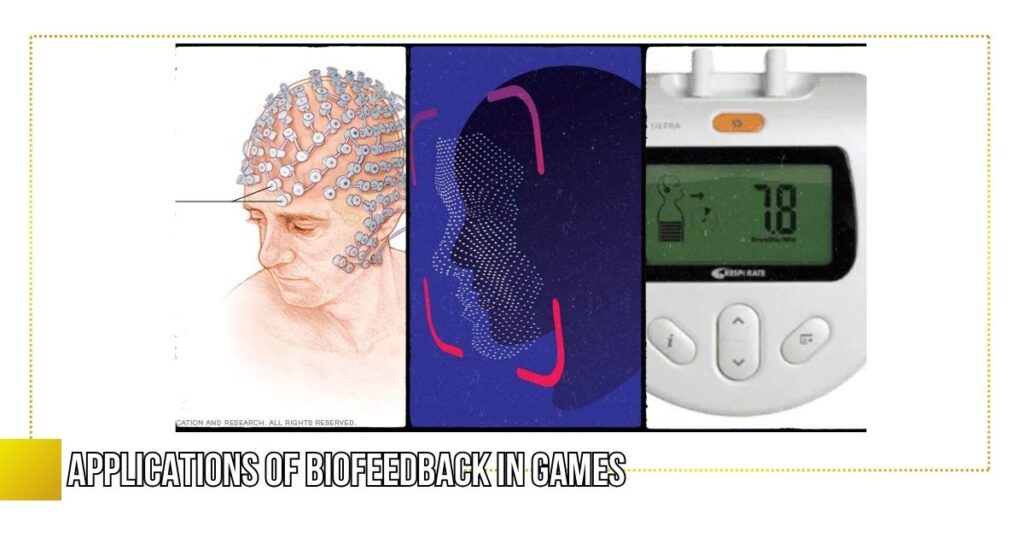
Examples of Games That Use Biofeedback
Several innovative games have integrated biofeedback to enhance player experiences:
- Nevermind: A psychological horror game that uses heart rate sensors to adjust the game’s intensity.
- MindsEye: A meditation game that uses EEG data to guide players through relaxation exercises.
- Tetris 64: An early example that used a heart rate monitor to adjust game speed.
How Biofeedback Enhances Immersion and Gameplay
Biofeedback allows games to respond dynamically to the player’s physiological state, enhancing immersion and personalization:
- Dynamic Difficulty Adjustment: Games can become more challenging or relaxing based on the player’s stress level.
- Emotional Interaction: Horror games can become scarier when detecting increased player anxiety.
- Focus-Based Control: Mind-control games adjust based on the player’s concentration, offering a unique interaction method.
Case Studies of Biometric Gaming
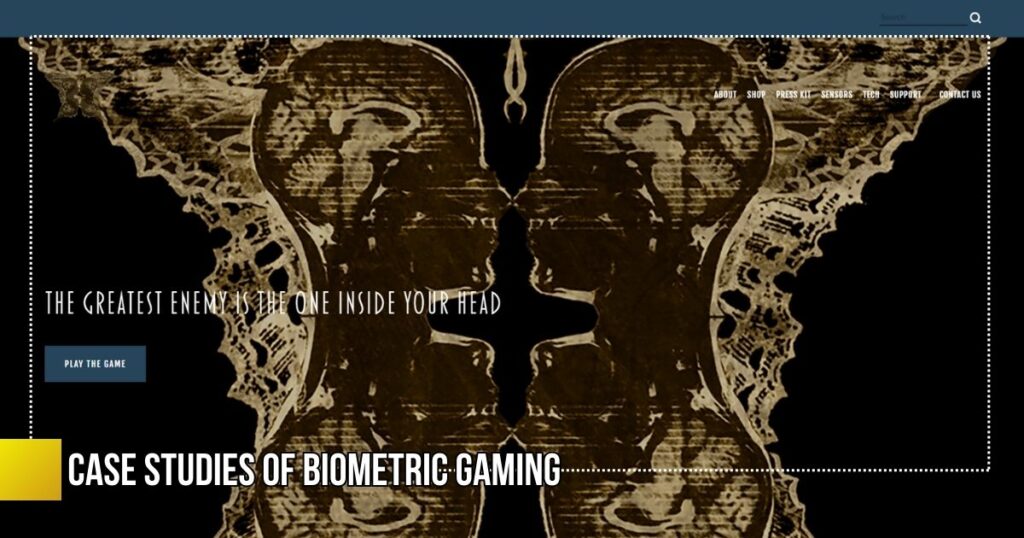
Detailed Examples of Successful Implementations
- Nevermind: Utilizes heart rate data to create a more intense horror experience, adapting the environment and challenges based on player stress.
- MindsEye: Uses EEG feedback to help players achieve relaxation, offering a therapeutic gaming experience.
Player Experiences and Feedback
Players report heightened immersion and a deeper connection to the game world when biofeedback is integrated. The ability to see their physical responses influencing the game makes the experience more engaging and personalized.
Benefits of Biometric Gaming
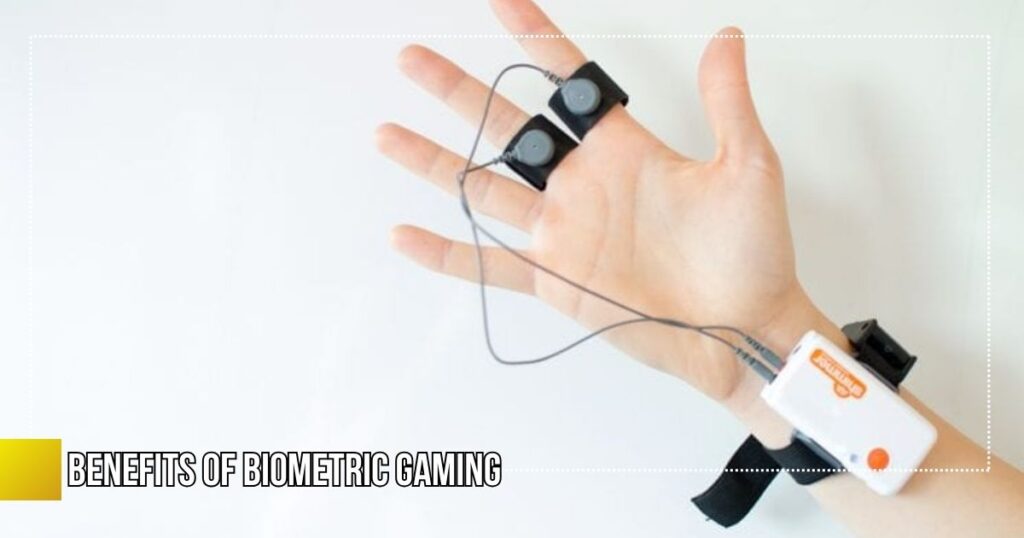
Improved Player Engagement and Immersion
Biofeedback technology increases engagement by creating a more responsive and adaptive game environment, making players feel more connected to the game.
Personalized Gaming Experiences
Games can be tailored to individual players’ emotional and physical states, offering unique experiences that traditional games cannot match. This personalization enhances enjoyment and can even have therapeutic benefits.
Challenges and Ethical Considerations
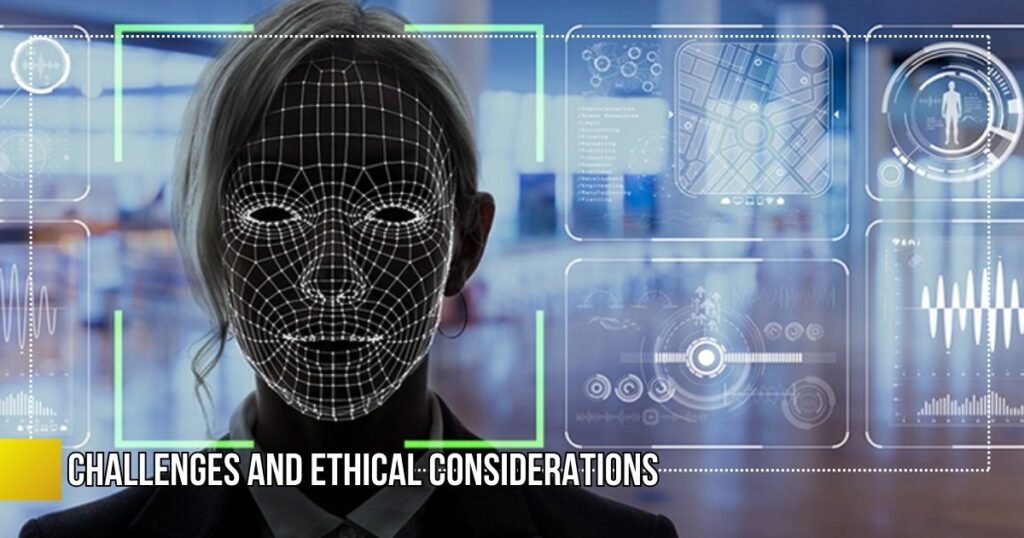
Privacy and Data Security Concerns
The use of biometric data raises significant privacy and security issues:
- Data Protection: Ensuring players’ biometric data is stored securely and used responsibly.
- Consent and Transparency: Players must be fully informed about how their data is collected and used.
Ethical Implications of Using Biometric Data
Ethical concerns include the potential misuse of sensitive data and the psychological impact of manipulating players’ emotional states through biofeedback.
Future Trends in Biometric Gaming
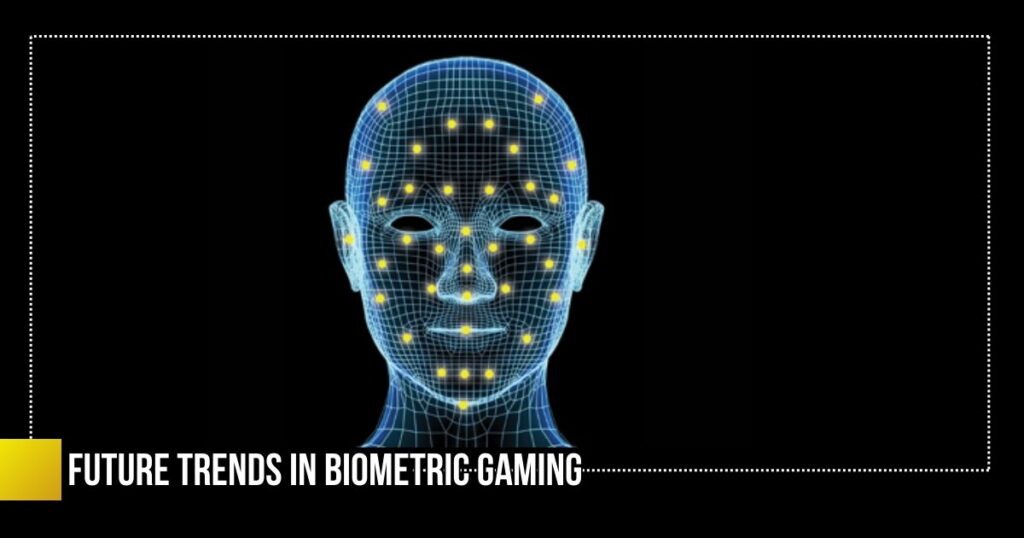
Emerging Technologies and Innovations
Advancements in biometric technology will continue to enhance gaming experiences:
- Advanced Sensors: More accurate and less intrusive sensors will become available.
- AI Integration: AI can analyze biofeedback data more effectively, creating even more responsive and adaptive game environments.
Predictions for the Future of Biofeedback in Gaming
The future of biometric gaming looks promising, with potential developments including:
- Widespread Adoption: More games will integrate biofeedback as the technology becomes more accessible.
- Holistic Experiences: Combining multiple types of biofeedback for a fully immersive and personalized gaming experience.
Conclusion
Biometric gaming holds transformative potential for the industry, offering unprecedented levels of immersion and personalization. As technology advances, biofeedback will become an integral part of game design, creating richer and more engaging experiences for players.
Resources
Links to Further Reading and Biometric Gaming Tools
- Nevermind
- MindsEye
- Biofeedback in Games: GDC Vault
- Understanding EEG in Gaming
- Data Privacy in Biometric Gaming
By exploring these resources, developers and players can better understand and harness the power of biofeedback in gaming, paving the way for more innovative and engaging game experiences.


























